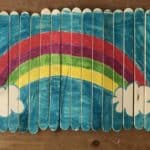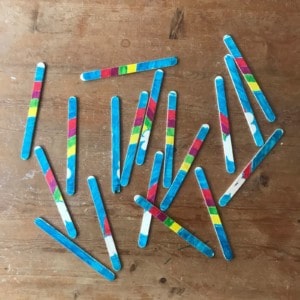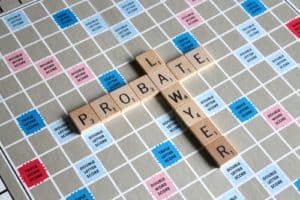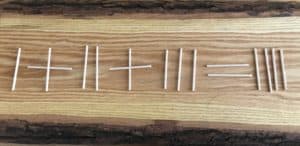Overview
This unplugged coding activity challenges you to decode your own puzzle. In this activity, you will explore the computational methods of pattern recognition and algorithmic thinking. You will create a picture or word puzzle using popsicle sticks and then break up the puzzle into its smaller pieces. Once the sticks that make up the larger image are out of order, you can then attempt to solve the puzzle by putting the sticks back into the correct sequence to recreate the picture.
Background Information
Picture puzzles are a great first step in developing problem-solving skills. In this activity learners will be introduced to pattern recognition by analyzing each stick in relation to another to match colour, lines, symbols and pathways that lead from one popsicle stick to the next in order to recreate the whole picture. In placing the sticks in the correct sequence or specific order that will recreate the completed puzzle image, the learners are exploring algorithmic thinking.
BBC explains that computational thinking can be broken down into four main concepts: decomposition, pattern recognition, abstraction, and algorithms.
- Decomposition – a thought process that allows you to break down a problem in smaller steps
- Pattern Recognition – a thought process that allows you to connect the given problem to problems you have previously encountered
- Abstraction – a thought process that allows you to focus on relevant information and problem solve by focusing on your core knowledge surrounding the problem
- Algorithmic Thinking – a thought process that allows you to develop a solution to a given problem through sequential rules
For more information, read the Introduction to computational thinking article and lesson provided by BBC Bitesize.
Materials
- Popsicle sticks (use at least five up to an unlimited amount of popsicle sticks to create the pieces of your puzzle)
- Paper
- Colourful markers or paint
- Tape
- A friend to solve your puzzle!
Step-by-Step Instructions
- Create a rough draft drawing of your puzzle picture using paper and colourful markers or paint. You will use this rough draft as a guide to follow when you are drawing onto your popsicle sticks to create the puzzle picture. Your puzzle picture can be as simple or as complicated as you’d like.
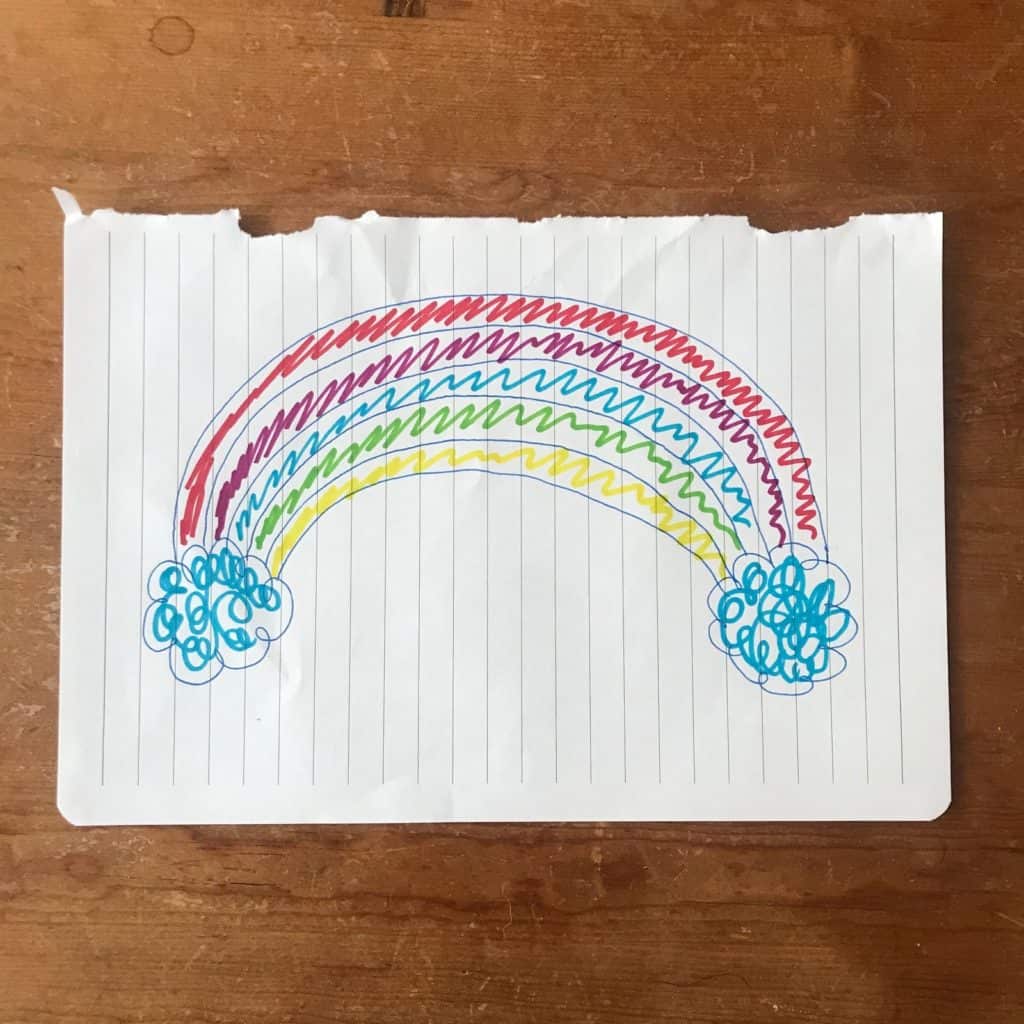
- Estimate how many popsicle sticks you will need to create your puzzle. A simple way to do this is to line the popsicle sticks on top of your paper drawing. Your puzzle will become more difficult as you add more sticks because you are adding more pieces to your puzzle. Think of a puzzle that has 100 pieces versus a puzzle that has five pieces. Which puzzle would be harder to solve?
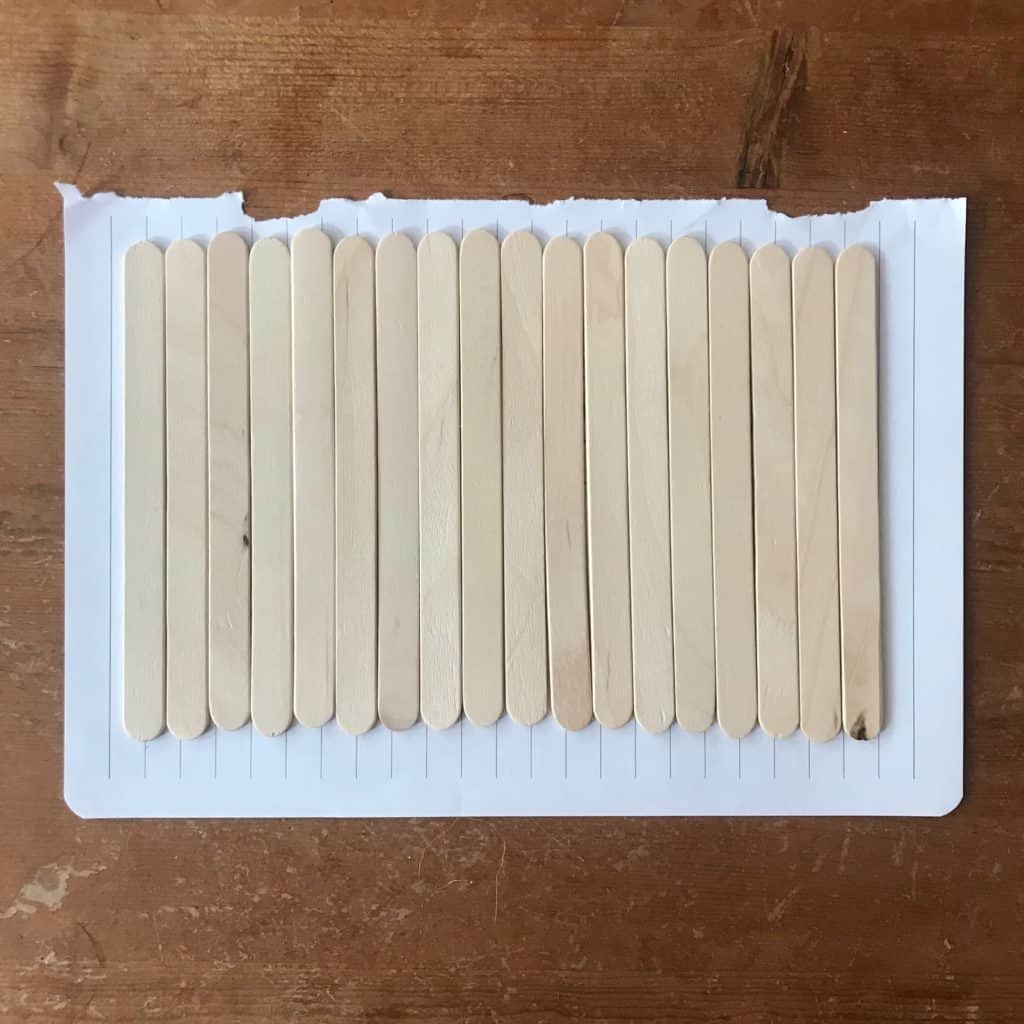
- Line your popsicle sticks side by side.
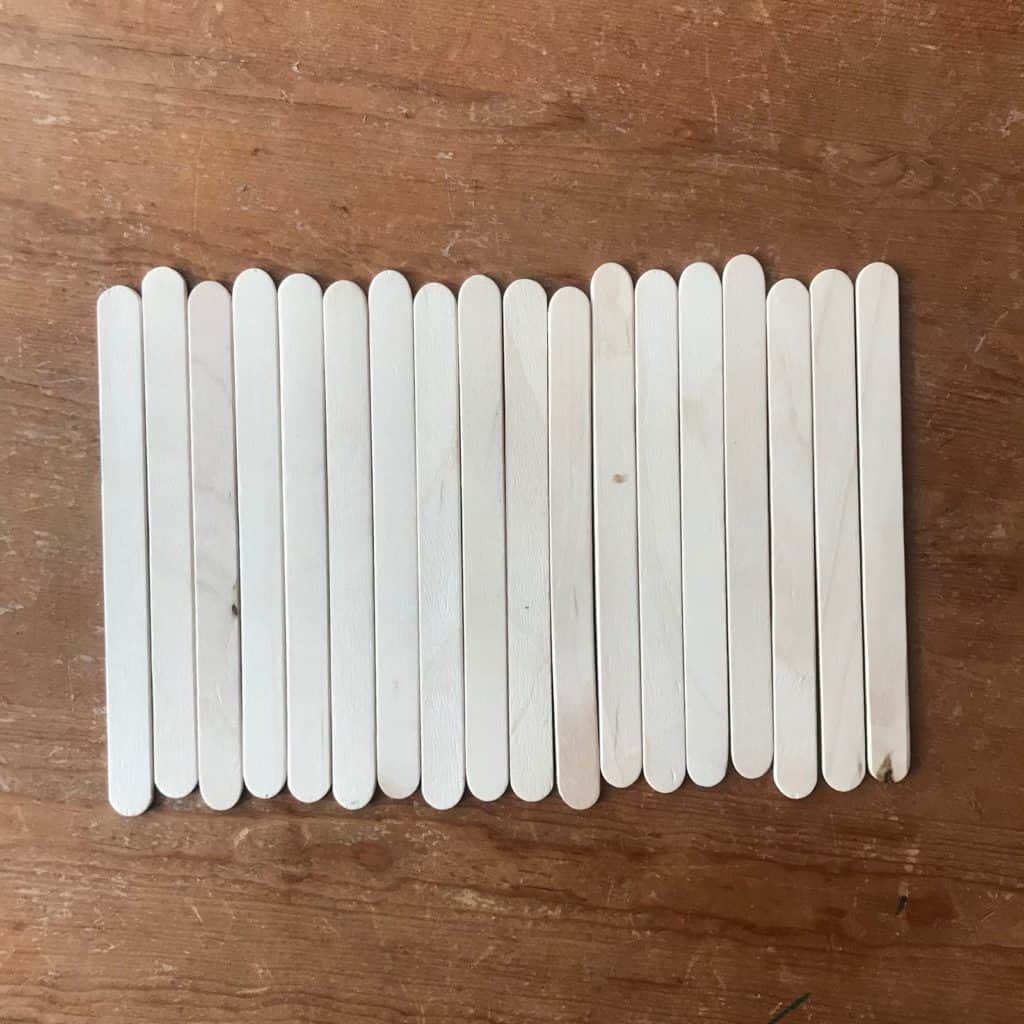
- Apply two rows of tape to the popsicle sticks; one across the top and one across the bottom.
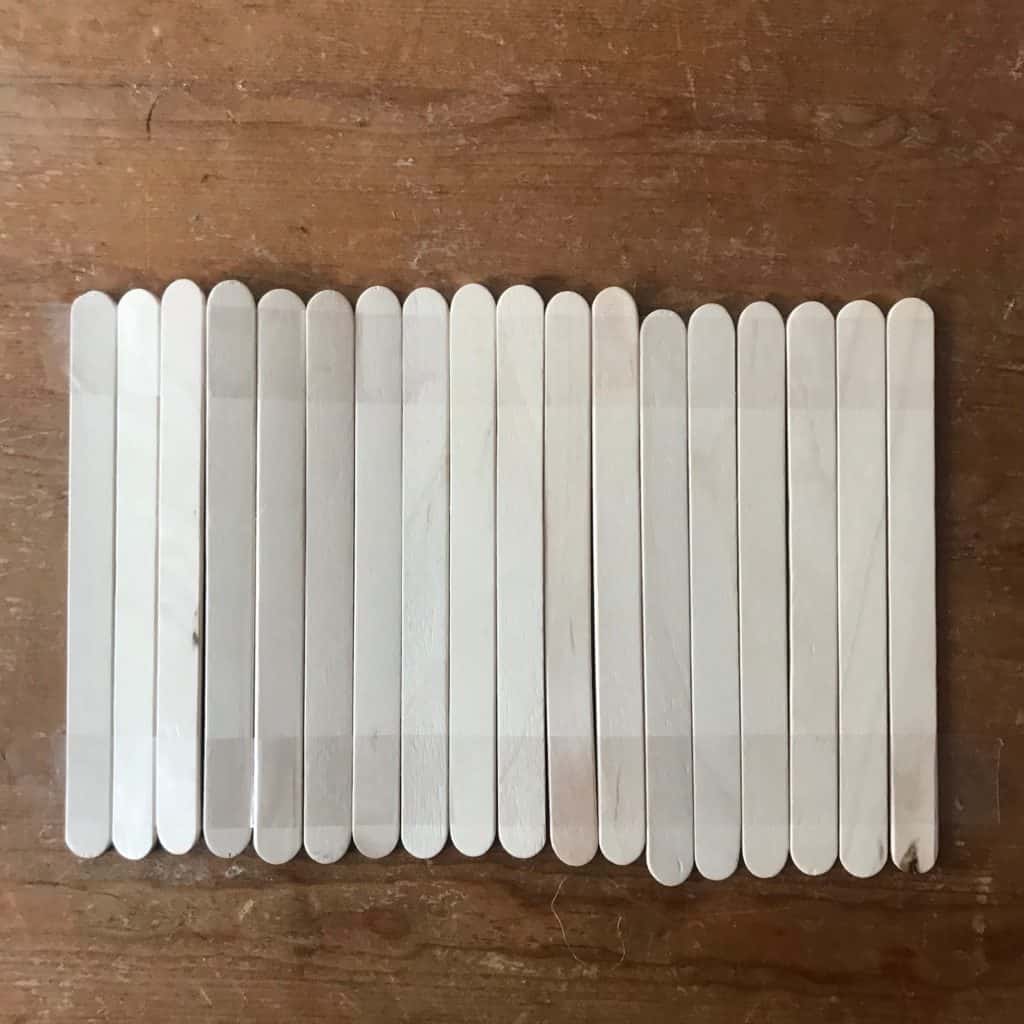
- Flip the popsicle sticks over so that the taped side is on the bottom. Now the base and pieces of your puzzle are complete and you are ready to draw! Draw your puzzle design with markers, be sure to reference the rough draft that you’ve created on paper.
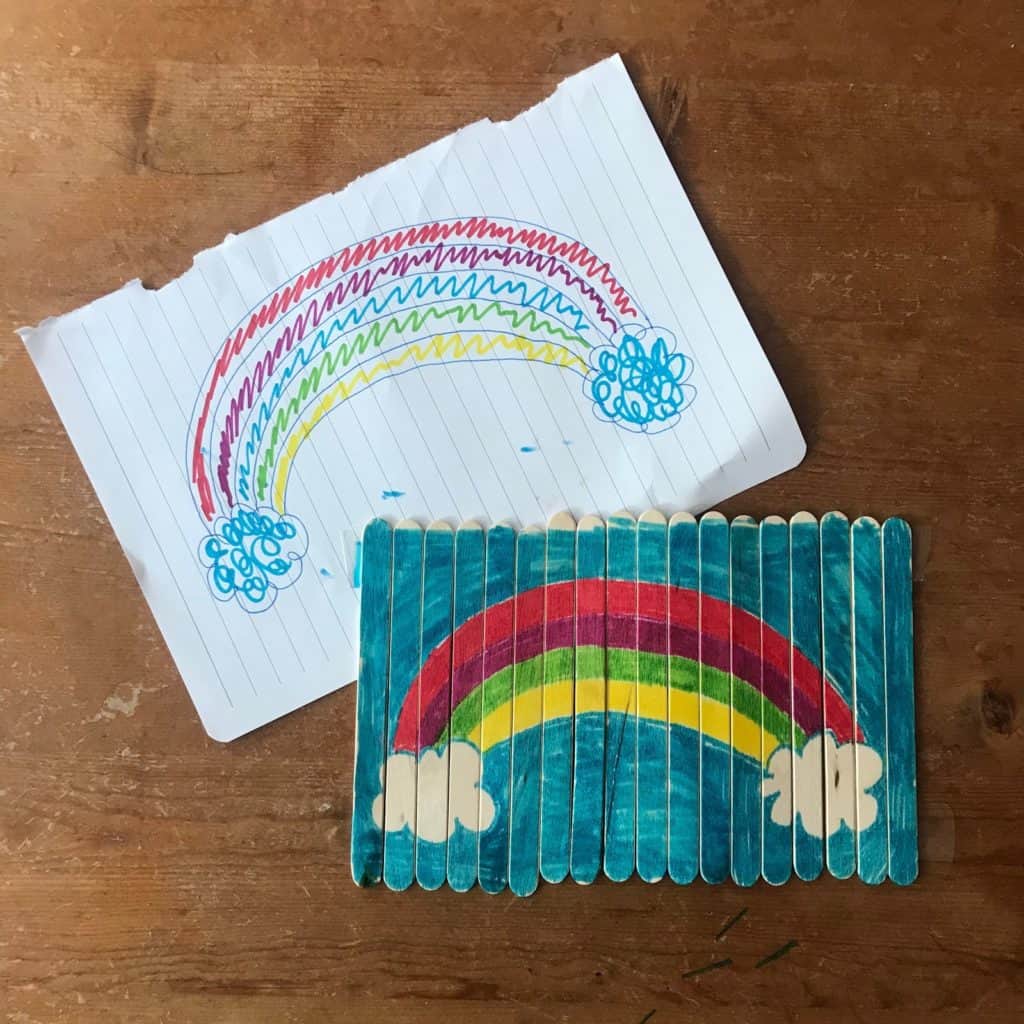
- Once your drawing is complete, remove the tape from the other side.
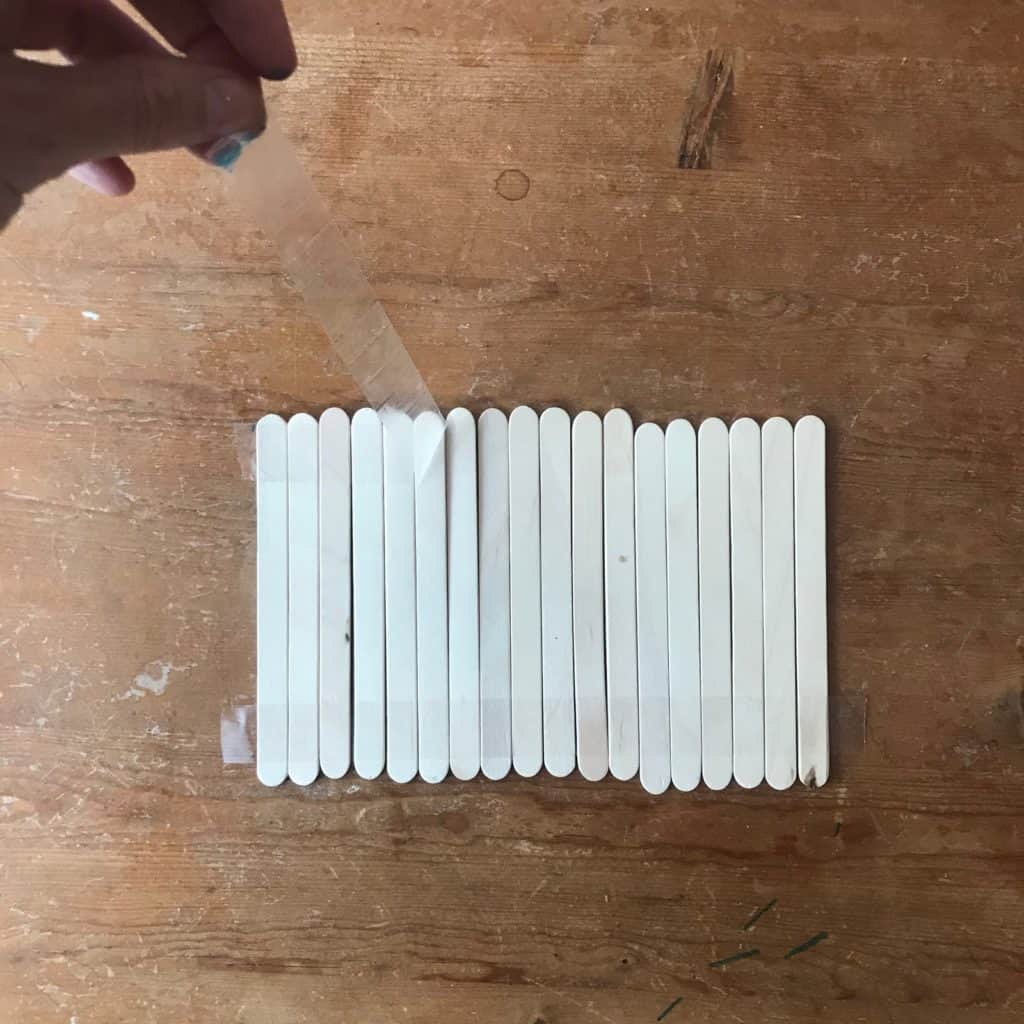
- Jumble up the pieces so that they are out of order. Now you are ready to play with your puzzle!
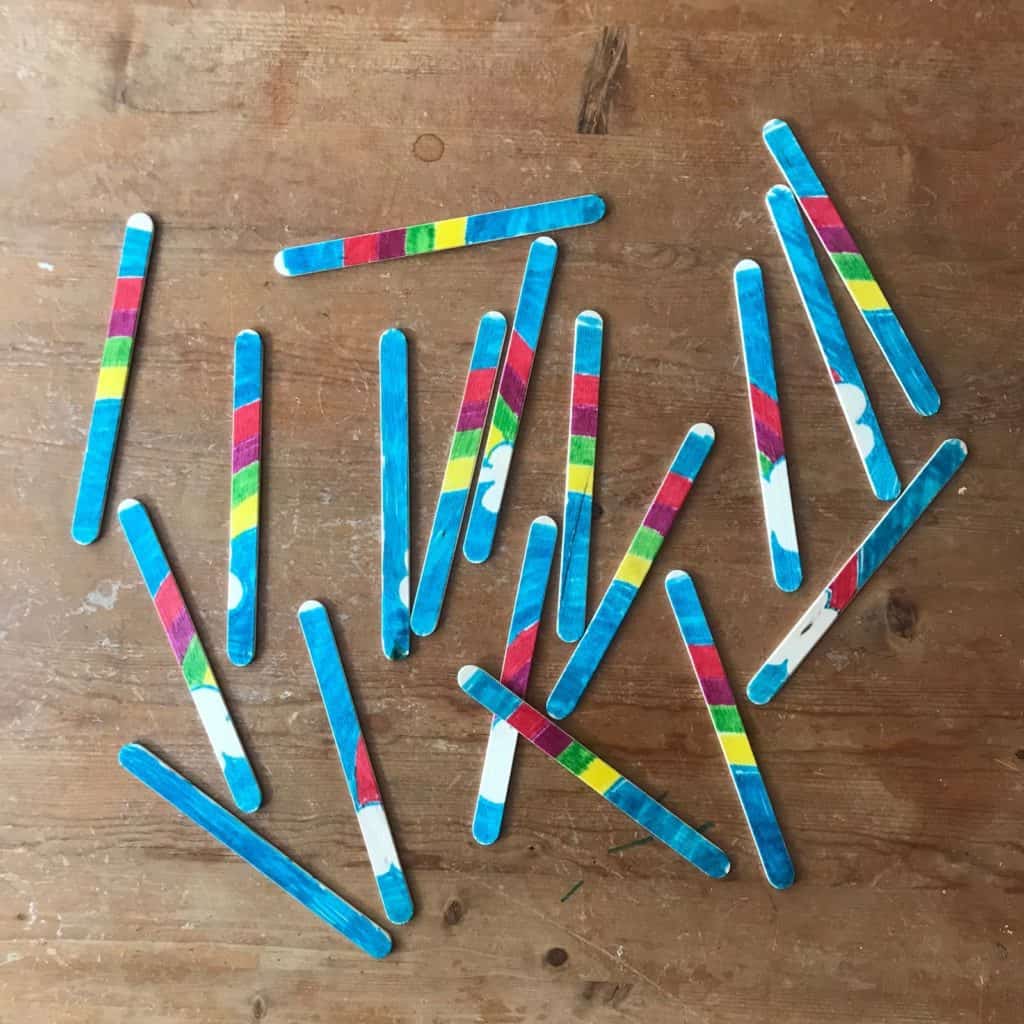
- Put the puzzle back together by placing the popsicle sticks back into the correct sequence, or order to solve the puzzle!
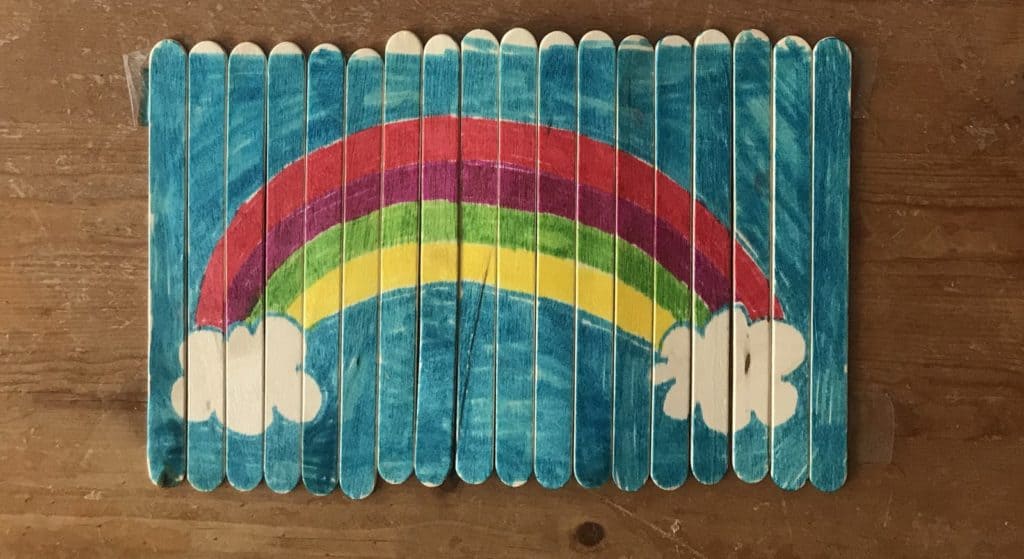
- (Optional) Add a number to the back of each puzzle piece to record the correct sequence of the puzzle from left to right.
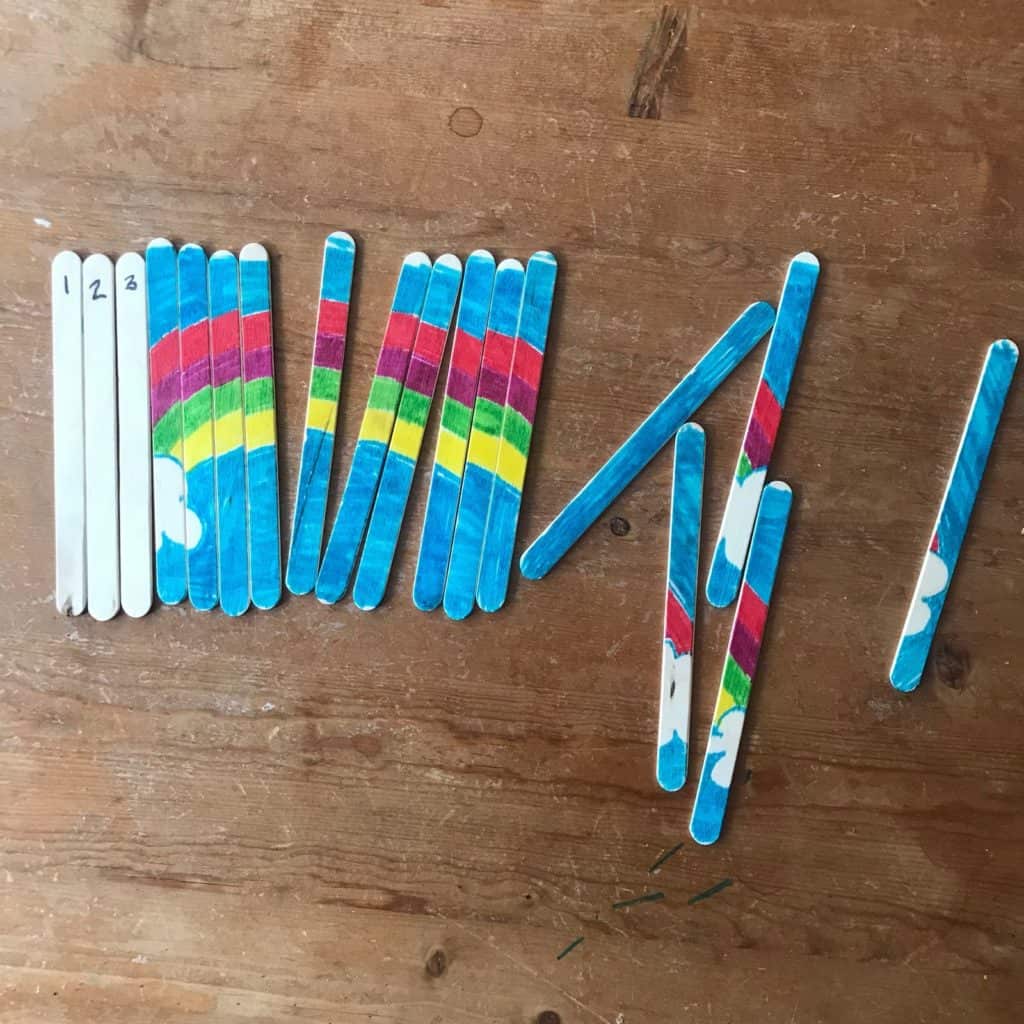
Follow Up
You can try adding numbers, words, and more popsicle sticks to your puzzle to make it more difficult!
We want to see the awesome things you’re creating! Take a photo or video and share your work with us by emailing media@pinnguaq.com or tagging @pinnguaq on Facebook, Twitter, or Instagram. Don’t forget to include the hashtag #LearnWithPinnguaq!
